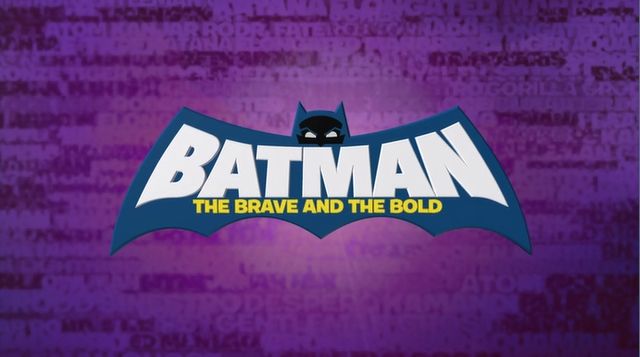10.03

In many ways the Silver Age is looked down upon these days as a time when comics were moronic, sophomoric, and thought of as lesser entertainment. It was a time when unbelievable heroics and impossible villainy clashed together on an epic scale and when “comic book logic” became fully formed into what it is known today.
But the one thing that held the Silver Age above any other era to this writer is that it was straightforward and it never forgot to be imaginative. It was also fun to read and kept the reader guessing without relying on convolution (most of the time).
I suppose the one modern hero who would buck this trend and encapsulate the opposite of all those Silver Age ideals of simplistic good versus evil and overblown plots would be Batman. The Dark Knight has always been known as the hero that people who don’t like comic books can get into, and was also a bit darker and at times in the grey than any other comic. He was a tragic hero who was made of serious stuff and dealt with villains who were just as tragic. Other than when the Joker showed up, you rarely would crack a smile at a Batman story and admittedly Silver Age Batman was not everyone’s favorite portrayal of the Caped Crusader.
Though I guess one could bring up the Adam West Batman, it was always more of a parody than a straightforward portrayal and it was a portrayal that earned more than enough scorn and mockery to chase anyone away from a lighter Batman for decades.
So when Cartoon Network announced a new lighter Batman series that had more in common with Saturday morning cartoons and the Silver Age than it did with ‘Batman: The Animated Series’ or ‘The Killing Joke’, most people were up in arms. But could you blame Warner Bros. for wanting a different style of Batman show? The next show that came out after the highly successful B:TAS was a cartoon called ‘The Batman’ that for all intents and purposes was the same thing as the former show only weaker in just about every way and had much less of a cultural impact overall. What else could they do? Continuing to make sub-par material that paled in the shadow of B:TAS was obviously not a path they wanted to go down.
The result was “Batman: The Brave & The Bold”, a show that could only have existed because somebody wanted to show that both the Silver Age and Saturday morning cartoons had merit to them and a certain undefinable magic that modern superhero shows simply didn’t contain. It also proved that a superhero show could be as good as B:TAS without being much like it at all and that Batman as a character had more sides to him than just that of a super-serious brooder.
While the show was popular and critically acclaimed throughout its 65 episode run, in this writer’s opinion it deserves more credit than it has received even still. It could be funny and serious, outlandish and simple, explosive yet subtle, and it came with writing and direction at least on par with the best of the legendary Batman: The Animated Series and other top tier superhero and action shows without being much like any of them. And now that Batman has returned to a more standard approach, this writer felt it the perfect opportunity to remind animation fans of a show that does not deserve to fade into the night like the titular hero often does.
This series of blog entries will talk about the best episodes of the animated series and highlight exactly what it is that works so well and why a brighter Batman show gathered the fan base it did and the acclaim it rightfully deserved. So stay tuned to this series, grab a DVD set or two of the animated series (they’re cheap!), and join this writer as we take a look at what might just be the best superhero series ever made.
Yes, you read that right.
Until next time, Bat-fans! Same brave blog, same bold place!